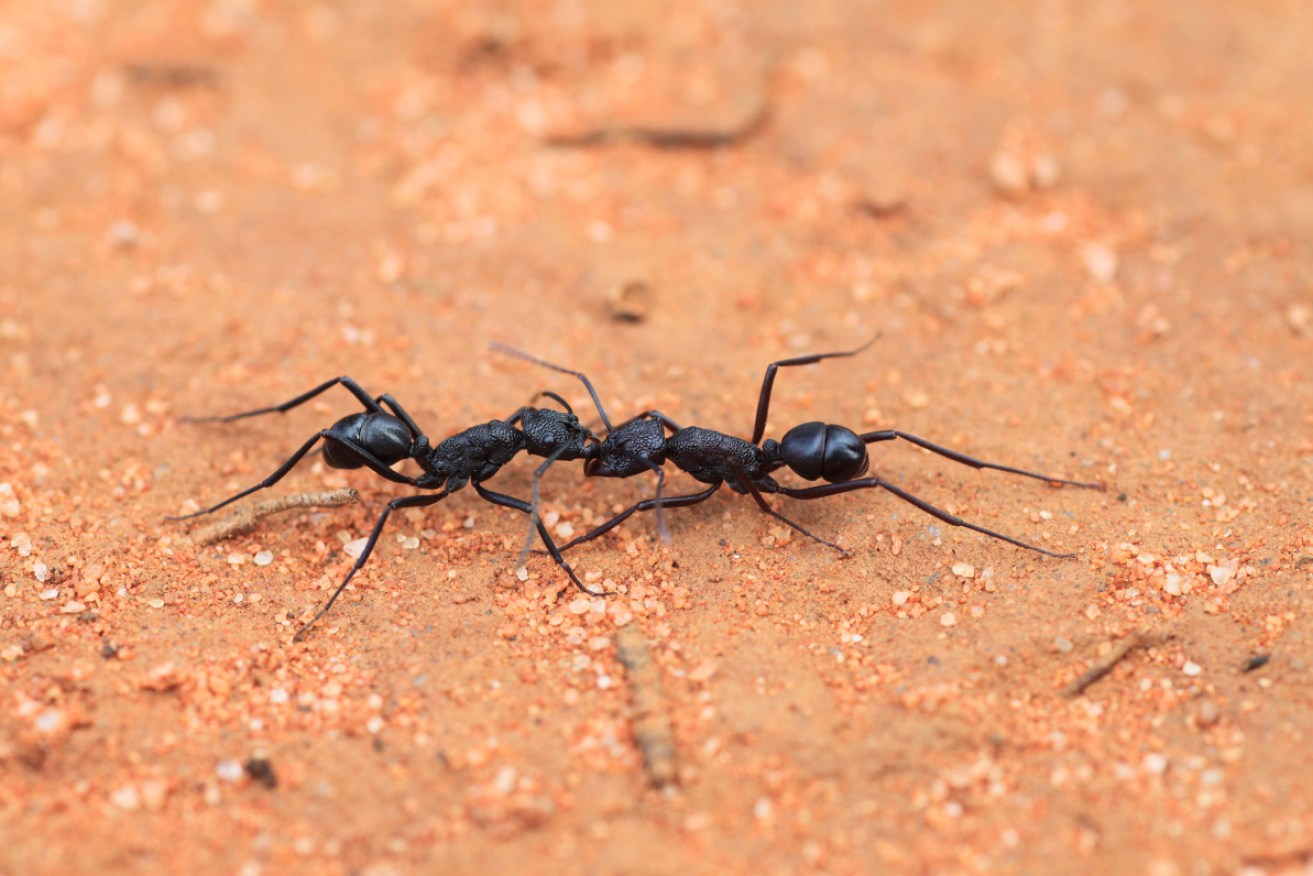Rain or shine, ant nothing stopping this population boom


Rhytidoponera mayri worker ants, also known as tyrant ants. Photo: Heloise Gibb
Rarely would scientists be heard saying climate change could be a good thing – but to their surprise they’ve found that may be the case for at least one local insect species.
Researchers from La Trobe and Sydney universities have spent decades of their lives visiting the Simpson Desert to watch the movements of a population of ants in what has been the largest study of Australian insect populations ever conducted.
After 22 years, they have published some surprising findings about the ‘tyrant’ ants.
While around the world scientists have been grappling with how to combat what they dubbed ‘Insect Armageddon’, the tyrant ant population appears to be booming.
- Read the research in full here
Researchers suspect unpredictable rainfall has been one reason for the population growth, while they also believe the ants have been helped by recent efforts to stop cattle grazing in a patch of the desert where the insects can be found.
Lead researcher, Associate Professor Heloise Gibb, said annual rainfall in the north Australian desert varied from 79 to 570 millimetres.
“While this unpredictability in rainfall is expected in hot climates, this is the first time we’ve been able to understand how insects respond to such large inconsistencies in their environment,” Associate Professor Gibb said.
“For many species, this unpredictability – exacerbated by climate change – would equate to increasingly difficult conditions for their survival.
“What we’ve found, however, in contrast to warnings of a long-term decline in insects, is that species that already like it hot may do better where it also becomes wetter.”
Associate Professor Gibb said researchers discovered a boom in the population of aggressive sugar-feeding ants with every rapid increase in rainfall.
“Water is the driving factor for this species’ survival,” Associate Professor Gibb said.
“These tyrant ants, as we would call them, are able to adjust their time of activity so they’re active only when above-ground conditions are suitable.
“While the average temperature of their environment may be increasing, their flexibility in tough environments enables them to survive until the next big rainfall.”
- How can you help fight ‘Insect Armageddon’? Read more here
Researchers found the increase in ant populations reflected the change in resources available to them.
“Following rainfall, plants grow, flower and seed, providing honeydew, nectar and a food source for other invertebrates that the tyrant ants consume,” Associate Professor Gibb said.
While ants other than the tyrants – including furnace ants, mono ants, sugar ants and pony ants – didn’t respond as clearly in the study, their populations did increase over time, the study found.
The university said that halfway through the study, the property on which it was conducted was purchased by a conservation agency, which stopped cattle grazing on the premises.
“While it’s difficult to explicitly link this management change with ant responses, we believe this change was also critical in driving ecosystem change that eventually improved conditions for ants, allowing them to boom in response to extreme rainfall events,” Associate Professor Gibb said.
“Active conservation efforts, funded by the public, can have very positive effects on biodiversity.
“It’s important that future research identifies the best approach and locations for these efforts to take place if we want to ensure the continued persistence of the vast diversity of life that this planet currently supports.”








